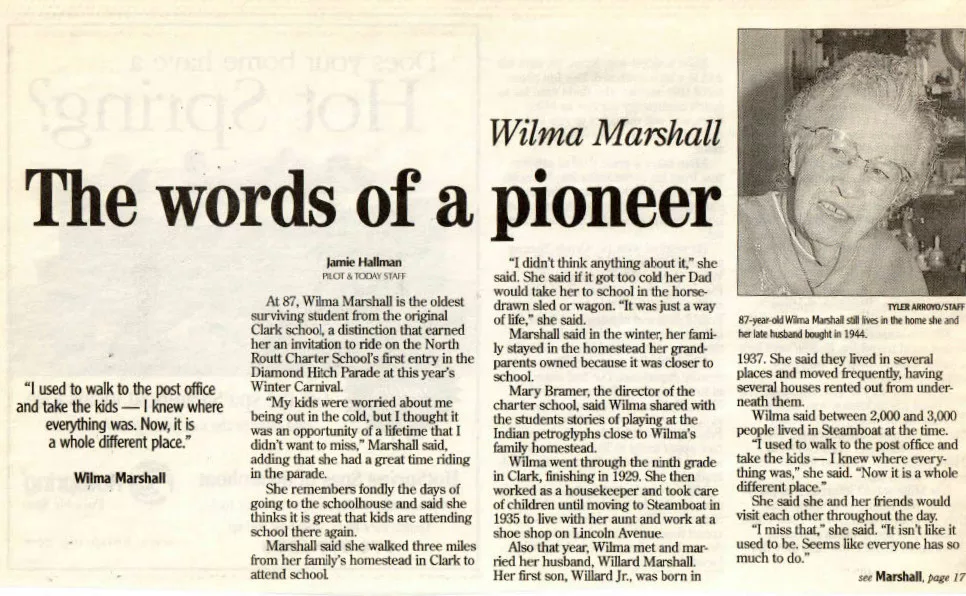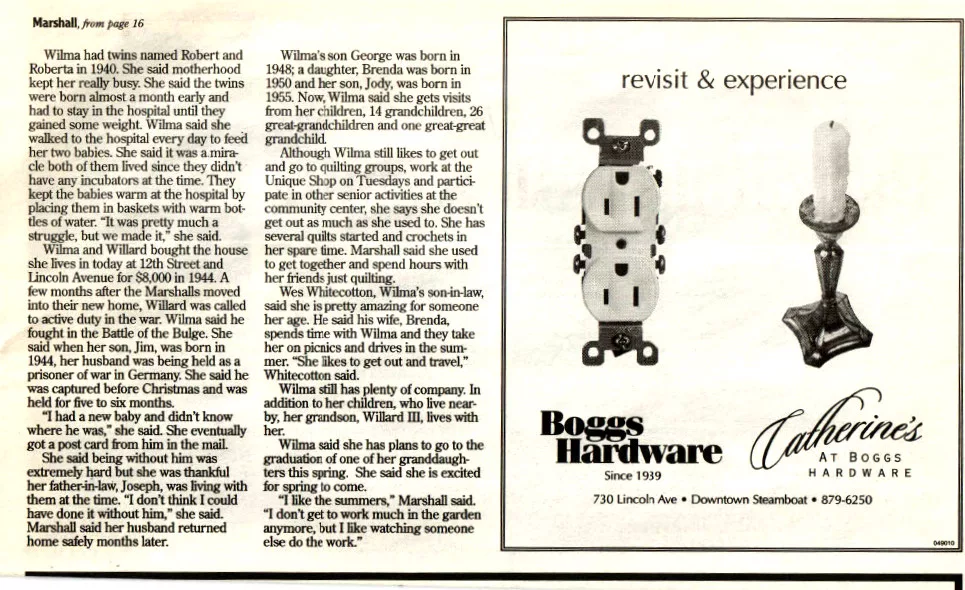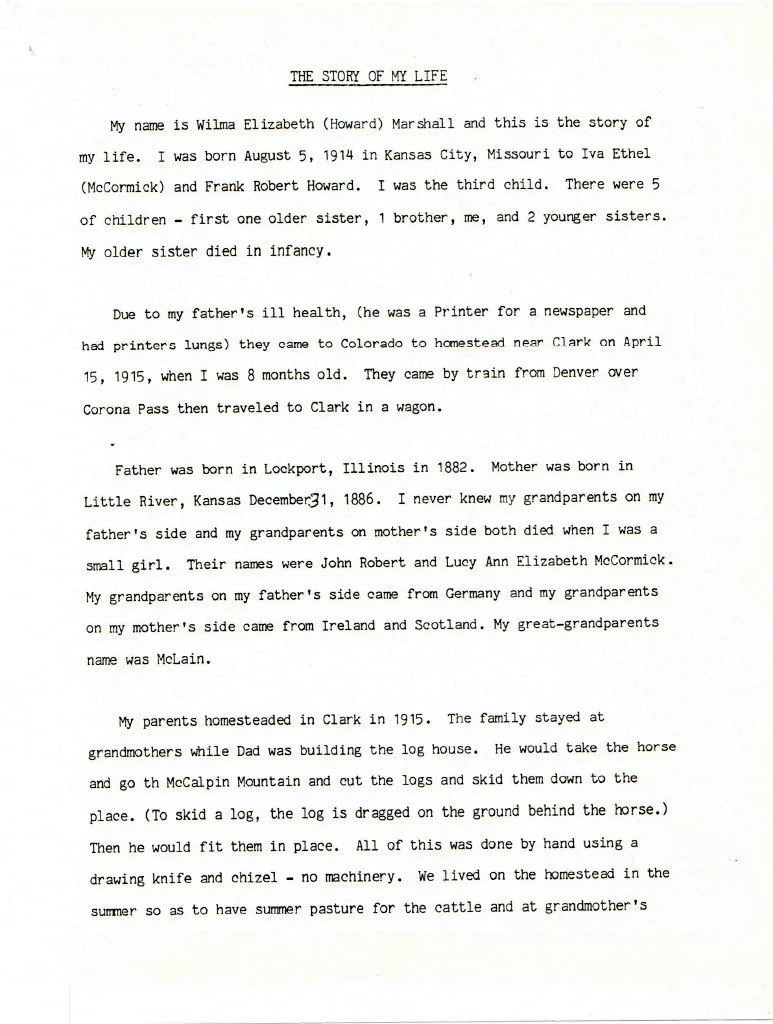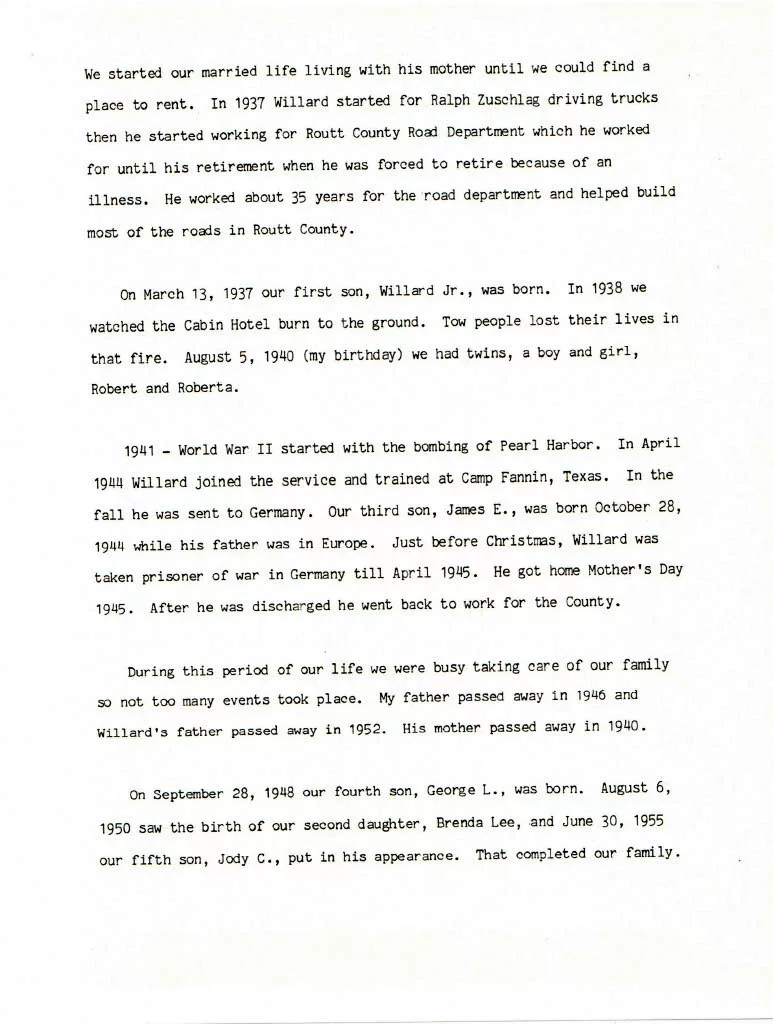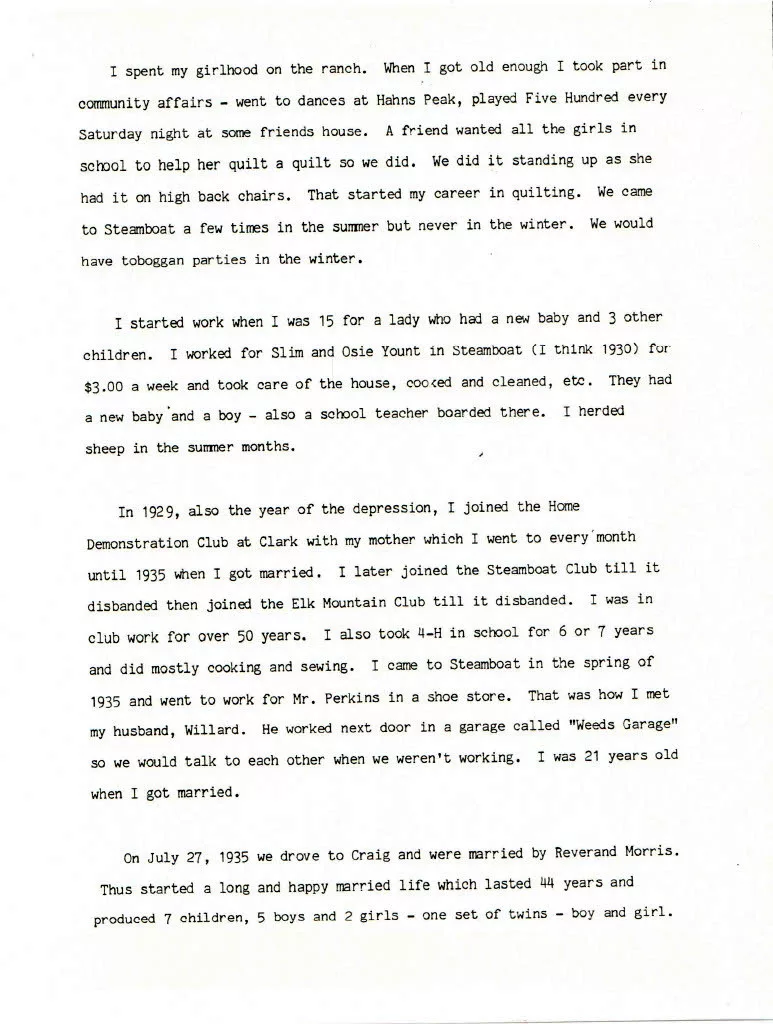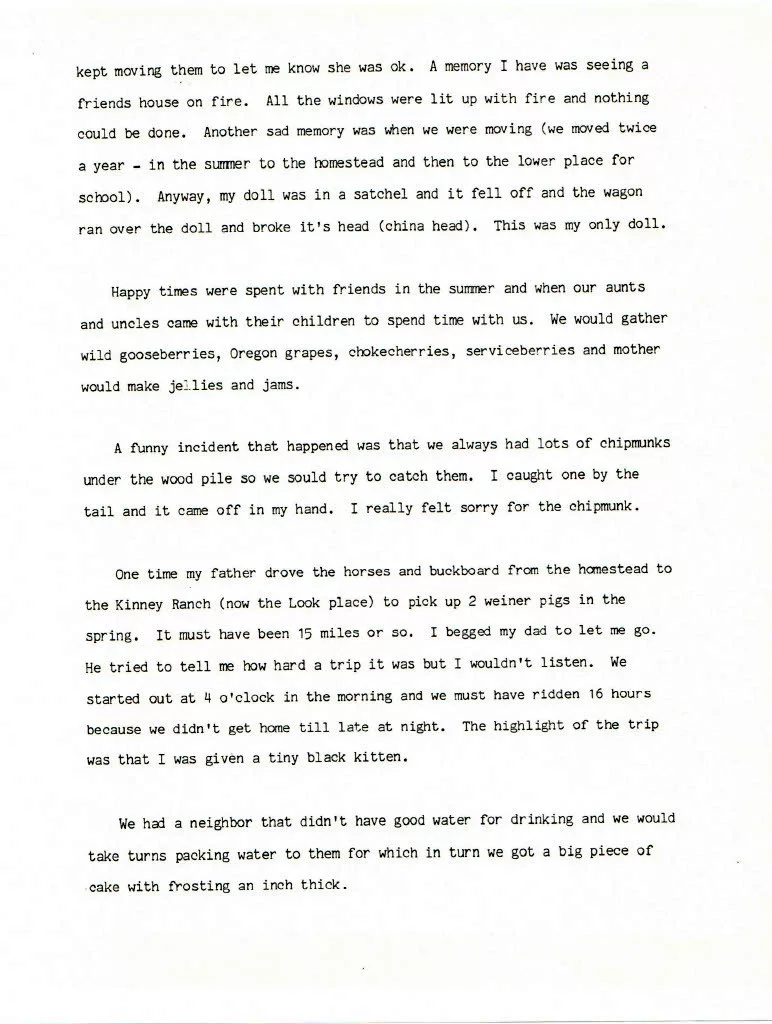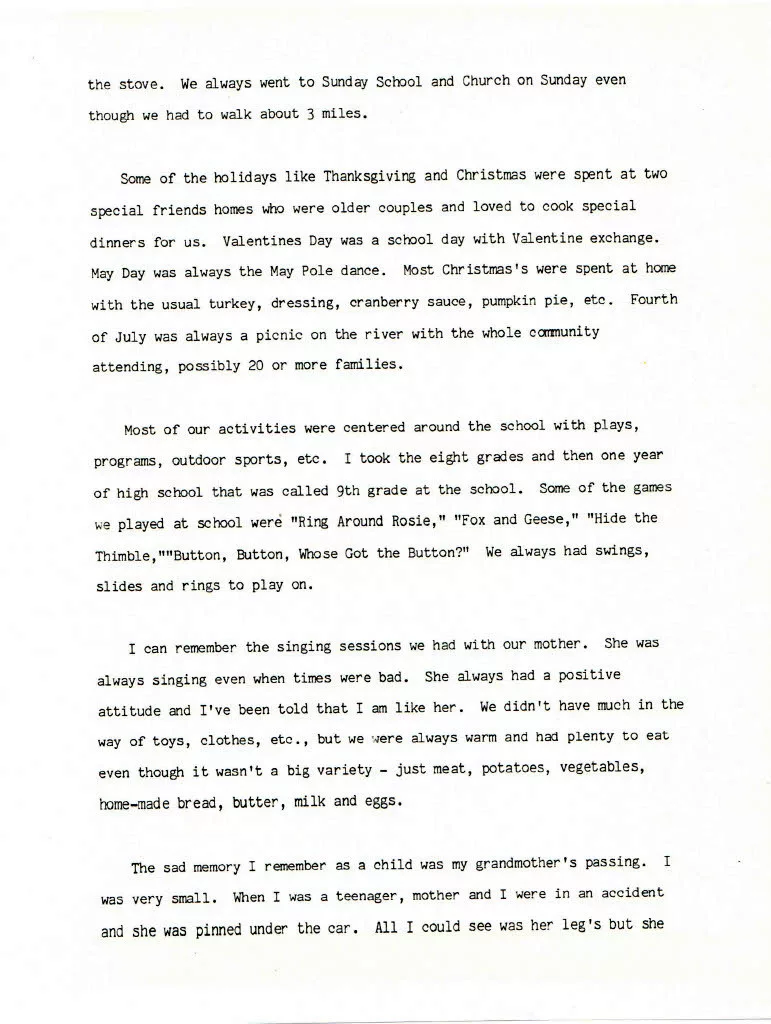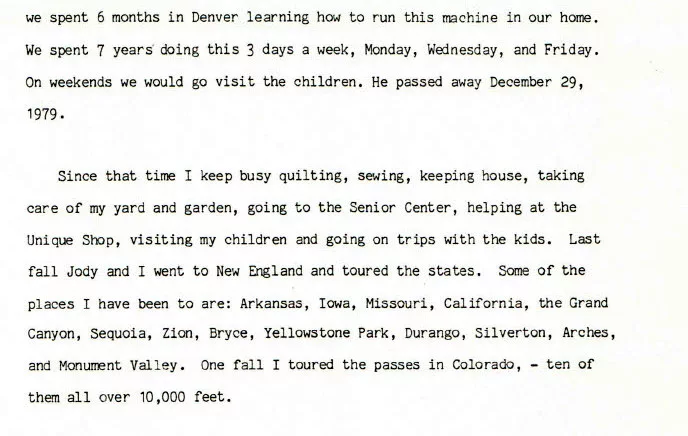
By Shannon Lukens.
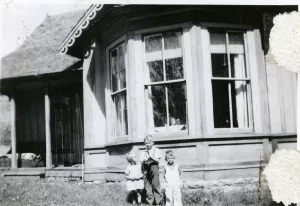
Photo courtesy Tread of Pioneers Museum.
The Marshall House could be yours, for free. It’s the first wood frame home ever built in Steamboat Springs, starting back in 1888. It’s on 12th Street between Lincoln and Oak. The property has been sold and the owners say anyone is welcome to try to move it, if you want it.
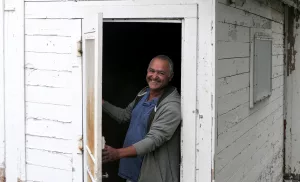
Here’s David Josfan, the partner and owner of the property.
“We are really hoping that somebody would be able to have the land to move it to, and create a community benefit, to restore the history of the house, so we can have it as a benefit to the community. That would be wonderful.”
The Marshall House is on two lots. Josfan and his partners bought the three lots next to it as well. They plan to clean up the property by clearing up the lots, straightening out the flood zone, grading it, and bringing utilities to it. Then the lots will be put up for sale.
Josfan said the owners can help financially support the move, if someone comes forward. There are already some people who are interested, according to Caitlin Berube-Smith who is the Historic Preservation Planner with the City of Steamboat Springs.
The deadline is June 10, when there will be a demolition review with the Historic Preservation Commission. After that, there would be a 30-day waiting period in case someone still wants to come forward to take the house.
For anyone who is interested, email Caitlin Berube-Smith at cberubesmith@steamboatsprings.net The city’s role is to facilitate contact with any interested parties and the owners of the property.
If interested, please let the city know if you currently have land or a site that can accept the house, and if so, what is the address. Also, do you have the finances to help with the move and any needs that may be required at a new site?

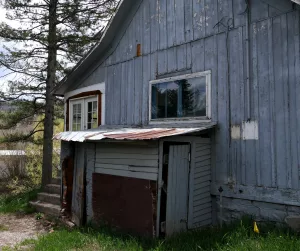

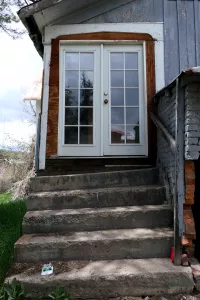


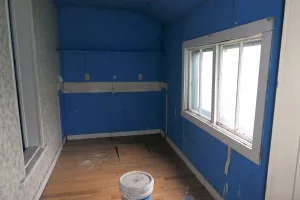

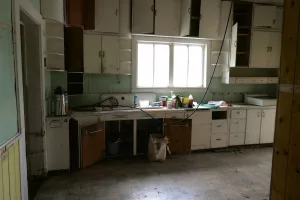

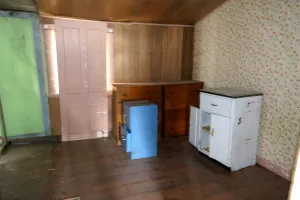
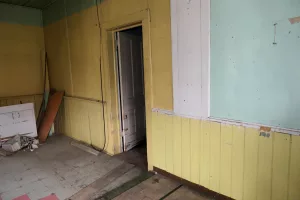

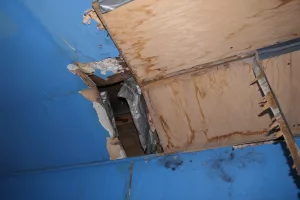
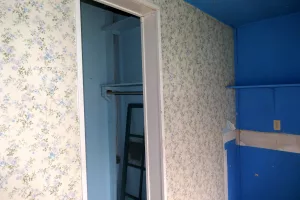
Arianthé Stettner is the founder of Historic Routt County. She wrote the following:
The Marshall House: A Short History
When construction on the house at 134 12th street was started in 1888, the town of Steamboat Springs had fewer than 90 permanent residents. There were no paved roads, railroad, electricity, or running water. Connections with the rest of the state were minimal. There was, however, the recently established Suttle sawmill in town on Soda Creek. This enabled timber to be milled locally for the handsome new house on 12th Street. Today the house is one of the oldest and most unusual houses still standing in Steamboat Springs. Stone from the Emerald Mountain Quarry across the Yampa River was used for the foundation. Glass for windows had to be brought in from afar by horse drawn wagon, hence the small multi-pane original windows. It had five spacious rooms, closets, pocket doors, and the first bay window in Steamboat Springs. Historic photographs show the original detailed trim on the roofline and ornamental porch railings. The January 2, 1889 Pilot described the house as “one of the most commodious and stylish dwellings in town when thoroughly finished and will cost $2000.”
According to James L. Crawford’s Brick by Brick History of the Buildings of Steamboat Springs, ownership of the property changed numerous times from 1888 when construction of the house began until the Willard Marshall Sr. family bought it around 1950. The property remained in the Marshall family for three generations until it was sold in 2018. It has been vacant since then, but the bones of the house are still sturdy, and the remains of Wilma Marshall’s gardens can still be seen when the snow melts.
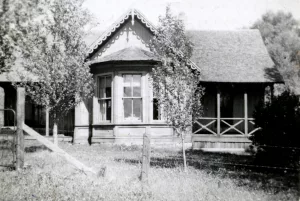
Photo courtesy Tread of Pioneers Museum.
From an Architectural Inventory Form —
Construction history (include description and dates of major additions, alterations, or demolitions):
This dwelling was constructed circa 1889 as a residence for Jacob Q. and Lucretia B. Groesbeck. Mr. and Mrs. Groesbeck lived here for a few years before moving their family to Boulder in the early 1890s. (Lucretia was the daughter of pioneer settlers Horace H. and Icibinda Suttle who arrived in the Yampa Valley in 1883 when Lucretia was thirteen years old.) Jacob and Lucretia returned to Steamboat in 1908, again taking up residency in this house, before building a new residence at the corner of 12th Street and The Boulevard in 1910. The Steamboat Pilot reported on the construction of both houses on May 11, 1910, in this article titled “Another Residence: Pioneer Builds House Near His Old Homestead Site.”
J. Q. Groesbeck is putting up a neat residence on the corner of Twelfth and Boulevard in North Highlands. Mr. Groesbeck built the first frame house in that section of town, taking as a homestead what is now part of Yahmonite Addition, twenty years ago. Mr. and Mrs. Groesbeck are both pioneers of Steamboat Springs and after an absence of several years in Boulder and other parts of the state returned a year or two ago satisfied that Steamboat and its people are quite good enough for them.
The article’s reference to “taking as a homestead” may not have been technically accurate because twenty years prior to 1910, this property was at the northwest edge of Steamboat Springs’ original townsite which was plated in 1884. Land in this immediate vicinity was settled by James and Margaret Crawford in 1875, and by Lucretia’s parents, Horace and Icibinda Suttle, in 1883. The area remained generally undeveloped, however, until after the turn of the twentieth century. Horace Suttle and his brother, George, established the area’s first sawmill beginning in the early-to-mid 1880s.
Mr. and Mrs. Groesbeck were capable pioneers, and probably built both this house circa 1889 as well as their new residence in 1910. The 1910 census, in fact, lists Mr. Groesbeck’s occupation as “carpenter” and “house builder,” presumably because he was engaged in the construction of their new home at 12th and The Boulevard at that time. The Groesbecks and their in-laws, the Suttles, probably engaged in subsistence farming; however, they were not principally farmers so it is unlikely that substantial agricultural outbuildings were once part of this property.
Routt County Assessor records list 1960 as the house’s “effective year built” indicating it may have undergone some type of renovation work at that time. The nature of such work at that time is unknown.
Also from the report, here is the Historical Background:
Jacob Q. and Lucretia B. Groesbeck constructed this dwelling as their new residence circa 1889. The son of Abram and Orinda Groesbeck, Jacob was born in Illinois on February 21, 1859. By July of 1860, the Groesbeck family had moved to Livingston County, New York where Jacob spent his formative years. The family moved to Boulder County Colorado in the late 1870s where they farmed in the vicinity of Valmont. Abram Groesbeck passed away, at the age of 63, on July 28, 1879, leaving Orinda and three sons, William “Willie,” Jacob “Jake,” and Charles, to manage the family farm. Orinda, who was sixteen years younger than her husband, lived on in Boulder County until her own death at the age of 65, on October 27, 1897. Both are interred in Boulder’s Columbia Cemetery.
Known affectionately as “Cushie,” Lucretia Belle Groesbeck (nee Suttle) was born in Neosho County, Kansas on April 4, 1870. She was the daughter of Horace H. and Icibinda Suttle. The Suttle family moved west to Georgetown, Colorado where Horace and his younger brother, George, operated a sawmill for the bustling mining camps in Clear Creek County. In 1883, when Lucretia was thirteen, the Suttles moved farther west, joining a handful of other pioneers families at the fledgling settlement of Steamboat Springs. Horace and George soon established the area’s first sawmill, where lumber to construct town’s first frame buildings was milled.
Jacob Groesbeck moved to Steamboat Springs as a young man in the mid-1880s, where he co-founded a druggist business known as Groesbeck and Metcalf. He and Lucretia courted in the late 1880s, and were married in 1889. They developed this property and erected this house, presumably with lumber from the Suttle brothers’ mill. In the early 1890s, Jacob and Lucretia moved to Boulder County, in part to be closer his widowed mother. By the turn of the twentieth century, four children had been born to the couple: Ellen A. (born December 1890), Irene M. (born July 1891), William S. “Willie” (born August 1893), and Byron L. (born April 1897). Two more sons were born in the early 1900s, Edward, in 1903, and Homer in 1906. Tragedy had struck in September of 1903, however, when Willie, the eldest son, died of unknown causes. Named for Jacob’s older brother, Willie was just ten years of age.
The Groesbeck family returned to Steamboat Springs in 1908 where Jacob gained employment as superintendent of the Steamboat Springs water department. The Pilot newspaper reported on their arrival on November 4, 1908: Jake Groesbeck got in last week with his family, and they are comfortably located in the house across Soda Creek. They are here to be permanent residents, a fact which many old friends will be glad to learn.
The Groesbecks lived in this house for the next two years, while building a new residence at the corner of 12th Street and The Boulevard. Jacob and Lucretia remained as Steamboat residents through much of the 1920s, but in later years, they returned once again to Boulder County. Lucretia passed away on December 28, 1935, at the age of 65. Jacob died a decade later, on June 9, 1945, at the age 86. They are interred in Boulder’s Columbia Cemetery, in a common plot with son Willie who had died in 1903.
By the early 1950s, this property had become the home of Willard B. Marshall Sr., and his wife Wilma. The property has been owned and occupied by the Marshall family, continuously, from that time to the present (2012). Willard B. Marshall Jr. and William B. Marshall III are its current owners. The son of Joseph B. and Hazel A. Marshall, Willard B. Marshall Sr. was born in Colorado on December 14, 1913. He grew up in Milner and in Moffat County, before moving to Steamboat Springs. The 1940 U. S. census finds the Marshall family as residents on Yampa Street, then consisting of Willard and Wilma (both age 24), their son, Willard Jr. (age 3), and Joseph, Willard’s father (age 60). According to the census, Willard Sr. was then employed as a truck driver for the county road department, while Joseph worked as a “ground man” for the public utilities company.
The house is called the Marshall House because Wilma and Willard Marshall lived there the longest. They moved to the house at 134 12th Street in 1944, and lived there for 60 years. They raised seven children. Wilma Marshall’s obituary is below as is a document called “The Story of My Life.”

